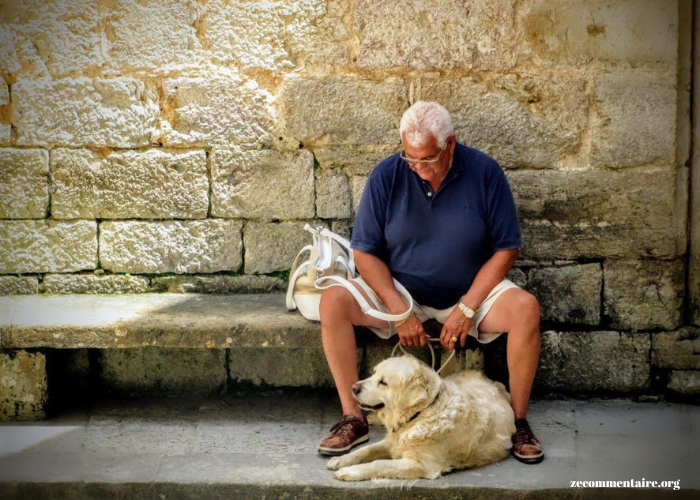As our beloved canine companions age, they may face various health challenges, including seizures. Witnessing your dog experience a seizure can be a terrifying and helpless experience. However, knowing the causes and spotting the symptoms can improve your dog’s life.
Learning effective management strategies can also help. This article provides thorough insights into managing old dog seizures and offers practical tips and strategies to help you handle this tough part of pet care.
Read on to learn more.
Tips for Managing Seizures in Older Dogs
Seizures are sudden, uncontrolled electrical disturbances in the brain. They can cause changes in behavior, movements, feelings, and levels of consciousness. Here are some tips:
Stay Calm
During a seizure, your dog relies on you for comfort and safety. Stay calm and avoid panicking. Speak to your dog in a soothing voice and avoid making sudden movements or loud noises.
Ensure a Safe Environment
Move any objects that could harm your dog during a seizure, such as furniture or sharp objects. Move your dog to a safe area away from stairs or other hazards if possible.
Track the Seizure Duration
Keep track of how long the seizure lasts. If it exceeds five minutes, get vet help right away. Long seizures can be deadly.
Avoid Touching Your Dog’s Mouth
Contrary to popular belief, dogs cannot swallow their tongues during a seizure. Avoid putting your hands near their mouth, as they may bite.
Document Seizure Details
Maintain a seizure diary to document the date, time, duration, and preceding or following events. This information can be invaluable to your vet. It will help them diagnose and treat your dog’s condition.
Long-Term Strategies for Managing Seizures
While you may not be able to prevent seizures in your older dog, certain strategies can help manage and reduce their frequency:
Veterinary Care and Medications
Consult your veterinarian for a thorough examination and diagnosis. The vet may prescribe anticonvulsant medications. They help control seizures, depending on the cause.
Regular check-ups and blood tests are essential to track your dog’s response to treatment and adjust dosages as needed.
Diet and Nutrition
A balanced diet can support your dog’s health and reduce seizure frequency. Consider incorporating high-quality protein sources, omega-3 fatty acids, and antioxidants into your dog’s diet. Consult your vet for personalized dietary recommendations.
Reduce Stress
Stress can trigger seizures in some aging dogs. Create a calm and predictable environment for your dog by maintaining a consistent routine, providing a quiet space for rest, and minimizing exposure to stressful situations.
Regular Exercise
Regular physical activity can help reduce stress and improve well-being. Tailor your dog’s exercise routine to their age and health status, ensuring it is gentle and enjoyable.
Other Treatment Option
Keppra (Levetiracetam) is commonly prescribed for managing seizures in dogs. It’s well-tolerated and has fewer side effects. Learn more about Keppra side effects in dogs to determine if it is the right choice.
Exploring the Tips and Strategies for Managing Old Dog Seizures
Managing old dog seizures requires patience, vigilance, and a proactive approach to their senior dog’s health and well-being. By understanding the causes, recognizing the symptoms, and implementing effective management strategies, you can help your senior dog lead a comfortable and fulfilling life.
If you found this guide helpful, consider sharing it with other pet owners who may enjoy these insights. Together, we can ensure our furry friends receive the best care possible in their golden years.
For more helpful tips, check out the rest of our site today!





